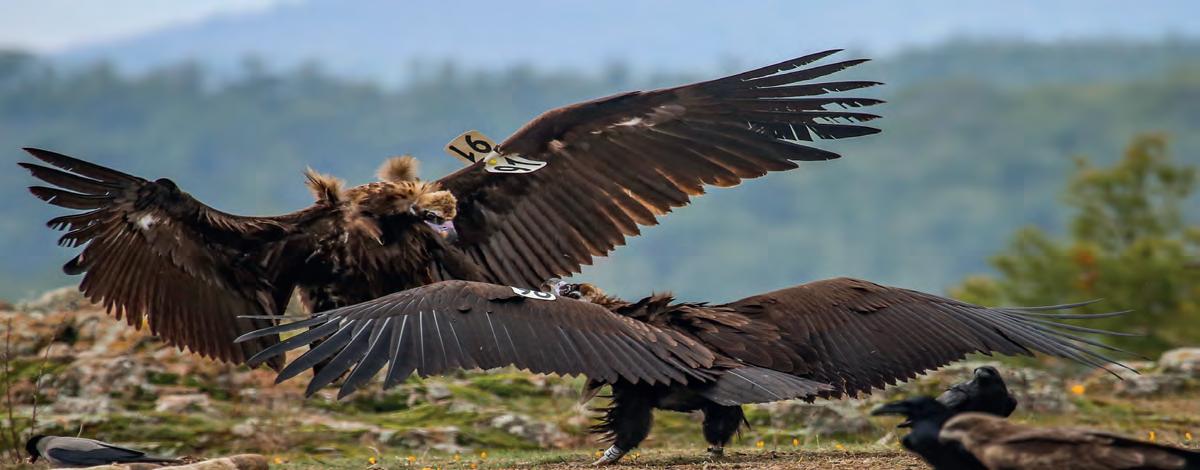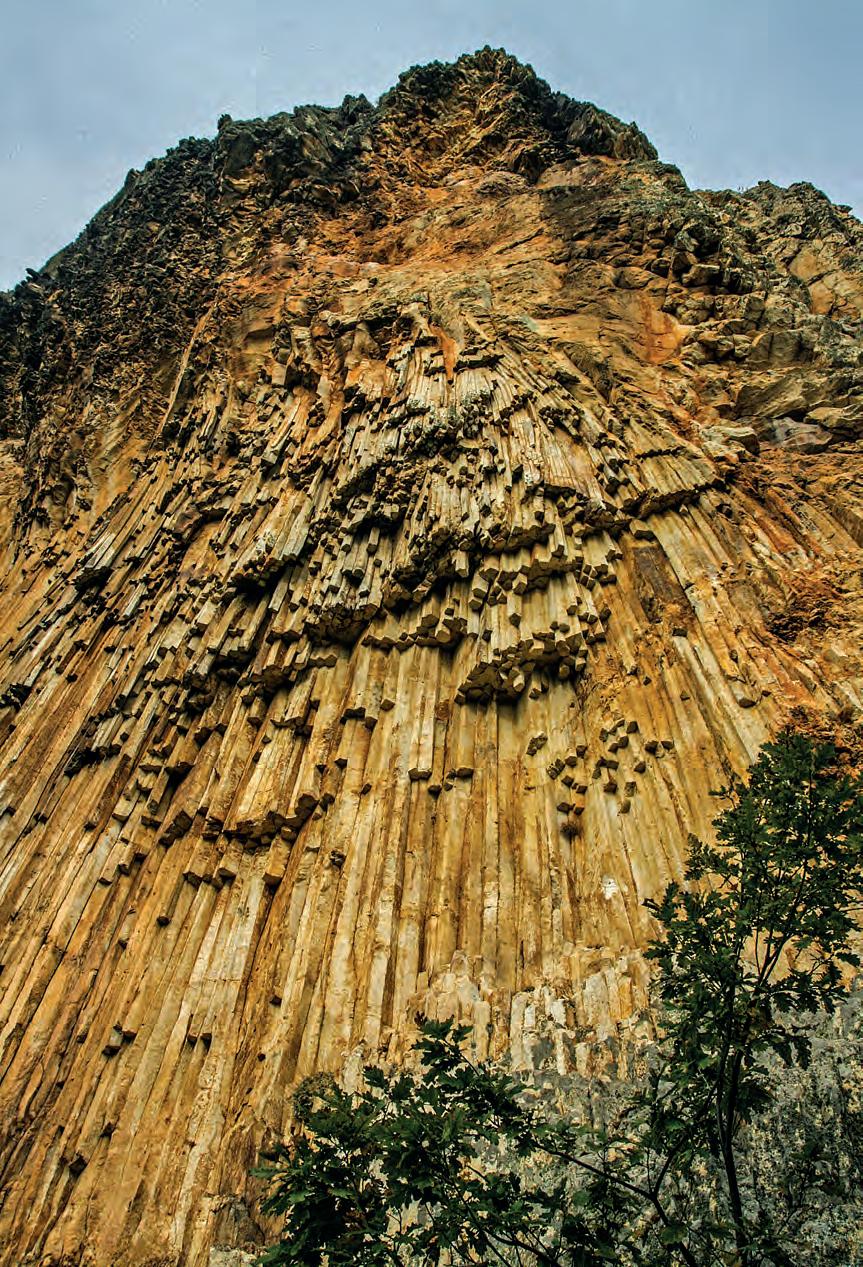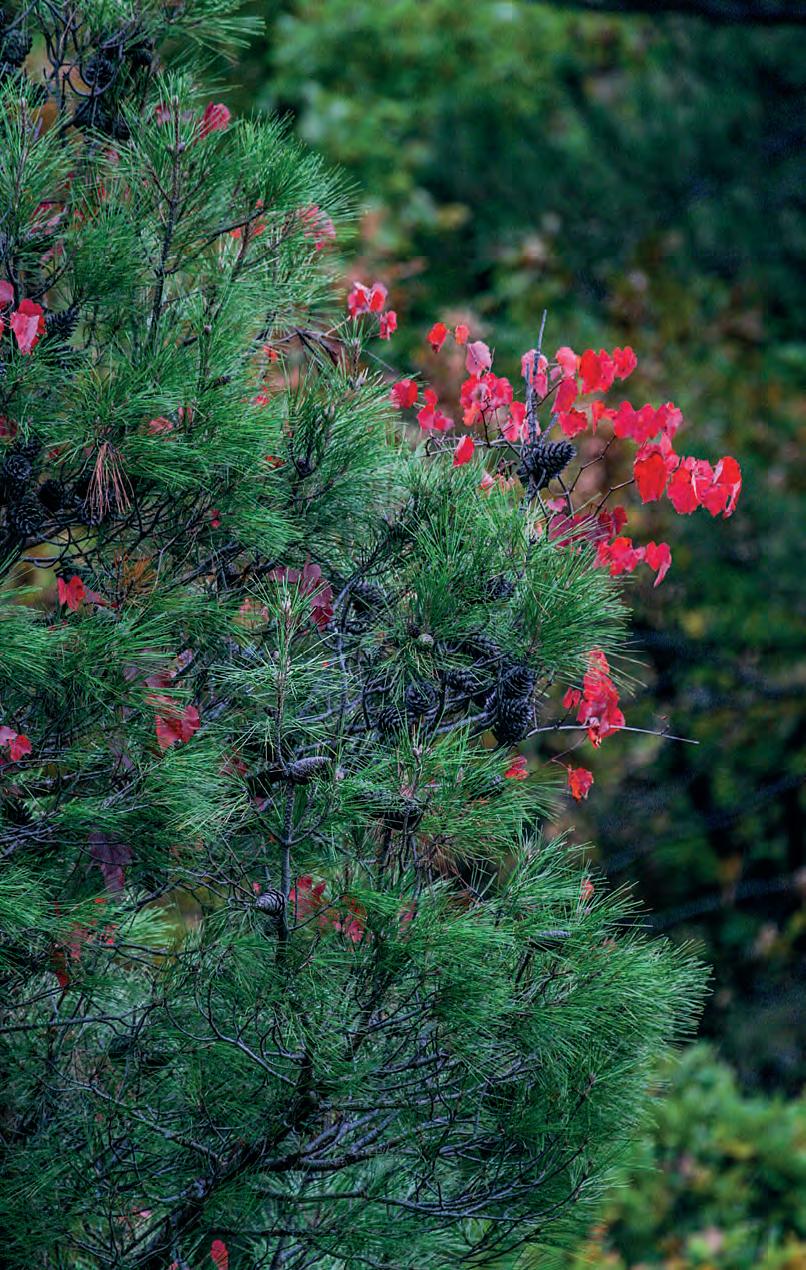




DADIA,
COPYRIGHT©


The reason why I moved to Athens after high school was to pursue my studies in photography. I chose this path despite the thoughts and opinions of friends and relatives because I loved the nature of my village and the large birds of prey in the Dadia Forest. Naturally, during my studies and even before, I became interested in other types of photography as well.
After graduation, I began trying to photograph the nature as well as the flora and fauna of the area where I live. Unfortunately, the resources at the time were scarce and my knowledge of nature photography was limited, as very few people in Greece engaged in professional nature photography during the 1980s and 1990s. The difficulty was offset by my great love for nature, which I owe to my parents and the region I live in, which “hosts” two of Greece’s most important national parks. My goal was to publish two photo albums, one dedicated to the Evros Delta and one to the Dadia Forest. I worked on both topics simultaneously, but I focused more on the Evros Delta, which I wanted to publish first. However, the large fires of 2022-2023 made me feel the urge to highlight the ornithological importance of the Dadia Forest, es-


pecially concerning the large birds of prey that live there. Everything went as planned and so you now have the album titled “Dadia, the Forest of the Great Birds of Prey.” in your hands.
This album was created so that the general public can see and learn about the large birds of prey and other birds that visit the feeding area, nest, and live in the wider area of the Dadia forest. It aims to shed light on the importance of the “feeding station”, as it supplements the food loss for the large birds of prey due to the rapid decline of free-range livestock farming, as well as the degradation and reduction of forest areas and wildlife. The reader will have the opportunity to see up close unique images of the large birds of prey and other birds, as well as their interactions. Many of these images were taken using a hide so as not to disturb the birds, and several of them have won awards in nature photography competitions.
I hope you embrace this book, which focuses on the great birds of prey of Dadia, and see the vast natural heritage that we must pass on to future generations. Finally, I want to thank everyone who contributed to making this publication a reality.
Nasos Nalmpantis Photographer

The Dadia-Lefkimi-Soufli Forest National Park is located in the center of the Evros prefecture, covering an area of 428,000 Greek stremmas, of which 72,900 Greek stremmas are strictly protected zones. It occupies a unique geographical position on an international level, as it is situated at the crossroads between Asia, Europe, and Africa, close to the easternmost migratory corridor for many bird species. The extensive use of the land by humans over the centuries has led to the creation of a rich mosaic of landscapes with many variations. The gaps created by disturbances such as grazing, logging, and small-scale, low-intensity fires in the past determine the presence and survival of most birds of prey, providing easier access to their food. A total of 360-400 plant species have been recorded in the area, including 25 species of orchids, 104 species of butterflies, 12-13 species of amphibians, 29 species of reptiles, and 60-65 species of mammals, 24 of which are bats. Additionally, the aesthetically significant land-



Nasos Nalmpantis was born and raised in Alexandroupolis. From a young age he became interested in the art of photography. He attended photography seminars at the Prefectural Committee for Popular Education (NELE) in Alexandroupolis. He then continued his studies on photography in Athens, studying initially at the FOCUS School of Photography and later at the Private Institute for Professional Training LEICA ACADEMY.
Since 1994 when he showed his work on his first group exhibition and 1996 when he launched his first individual exhibition, he has not stopped exhibiting his work which is related to creative photography - street photography and photography of nature.
He has collaborated with well-known magazines such as: National Geographic, National Geographic Traveler and he is a permanent collaborator-photographer of the magazine Hellenic Panorama.
He has participated with his work in albums and publications of the National Theater and the Management Body of Dadia-Lefkimi-Soufli National Park.
Eager to pass on his knowledge, he organizes with great success photography courses in the Municipality of Tychero, as well in the photography workshop of the Ethnological Museum of Thrace.
To this day, he takes photographs daily, focusing on the two types of photography he loves most: nature photography and street photography.
ISBN 978-618-205-697-4
